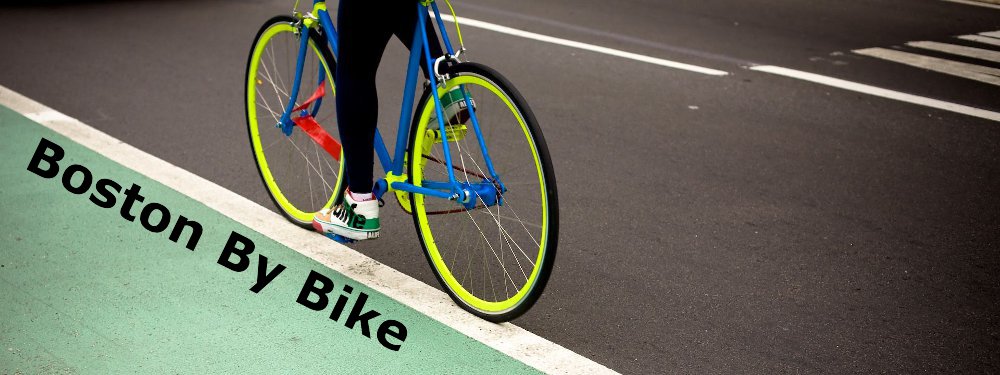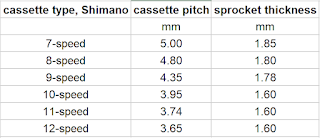However you look at it, it's 2024 and electronic gear shifting is now available to masses. There is no need to pay $700 for just the rear derailleur only. Thanks to new groupsets, like SRAM Apex, a 12-speed electronic rear mech can be had for "as little" as $270. So when the prices keep dropping and everyone around you raves about how great button-shifting is, you start to wonder - should I go for it?
First of all, there is no denying that electronic shifting comes with measurable benefits. Two main ones are precision and speed. These systems can change gears faster than mechanical indexed setups. In terms of precision - the best way to understand the difference is to try shifting a 9-speed and 12-speed cassette with a friction shifter. Since the 7, 8, and 9-speed cassettes used wider chains and had wider spacing between cogs, there was simply a lot more travel required to move the chain between these cogs. This means there was much more tolerance to the position of chain. A slightly misaligned chain would still run through cogs just fine. Not so with a 12-speed cassette. Cogs are now spaced so tightly that a narrower chain is needed and that means much shorter jumps between cogs and much less tolerance to chain misposition.
Spacing and sprocket width of typical Shimano cassettes. Source: BikeGremlin
The situation becomes more challenging the more cogs you pack on the cassette and that will require higher shifting precision that mechanical systems may won't be able to provide. This makes me predict that 13-speed derailleurs may be the last ones to be offered in the mechanical version. Everything beyond that will be electronic-only. Now keep in mind that I'm writing it from a standpoint of someone who has 3 bikes, none of which use electronic shifting, 2 of them still run 9-speed cassettes, with one using friction shifting. So yes, I'm way behind the newest tech.
As you can tell right now, I decided that despite the obvious benefits, electronic shifting is not for me. At least not right now. The reasons are:
Price
Yes, prices came down quite a bit. For a simple 1x drivetrain, the most expensive components are the rear derailleur and shifters. These entry-level components will still cost you about $500-$600 total. That's a good chunk of money and everyone needs to decide if it's worth it. But price may be just a minor problem. The next one is...
Battery
Note that I didn't say battery life, but battery in general. Of course, there is a non-zero chance that you may run out of battery to your "gearbox" during your ride, but the bigger problem for me is the existence of battery in the first place. I see bikes as simple machines. One of the major advantages over other means of transport is that bicycles don't require fuel and only very little maintenance. Once you throw in battery to the mix, you complicate things unnecessarily. Now you have to think about "fueling" your bike before the ride. Now the "it just works anytime" mode is gone. You sacrifice simplicity for the sake of precision and speed. You need to decide, which one is more important to you.
Reliability
This may not be a burning problem for you, as modern components are generally quite reliable, but certainly increased level of complexity over purely mechanical systems means that chances of something going wrong go up. After all, an electronic derailleur contains not just circuit boards, but also battery, motors, wireless communication, mechanical systems, etc. It's like the Charles Lindbergh situation - when asked why he wanted to fly across Atlantic in a single engine plane, he replied that with 2 engines chances of something going wrong are doubled.
Compatibility
This is the big reason why I'm still resisting. Once you dive into the electronic groupset, you are stuck as these components are only compatible with their own kind. That's not a problem if you are buying the entire groupset for your bike, but if you like to mix and match, you will run into issues. On the other hand, mechanical systems, especially when running on friction shifting, give you all the setup freedom you want. Comparing the the world of computer operating systems, electronic shifting is like MacOS - works great, is fast, precise, easy to learn, but also costs more and locks you in. Basically, you sacrifice some of your freedom for the convenience of use. On the other hand, friction shifting a mechanical derailleur is like Linux - a much steeper learning curve, less precise, but free and with complete compatibility and freedom.
Looks
Finally, there is a beauty problem. Let's be honest - these modern electronic derailleurs are ugly. First of all, they are all black. Gone are the classic, polished silver components. Next, due to integrated battery they look like the Hunchback of Notre Dame (the rear ones) or a British Royal Guard in a comically oversized hat (the front ones). There is no subtlety in these designs.
So there you have it. Some of you will consider these to be unimportant and irrelevant. That's ok - everyone has different priorities. For now, I'm perfectly happy with my oldie, friction 2x9 setup and I don't really need anything "better".



